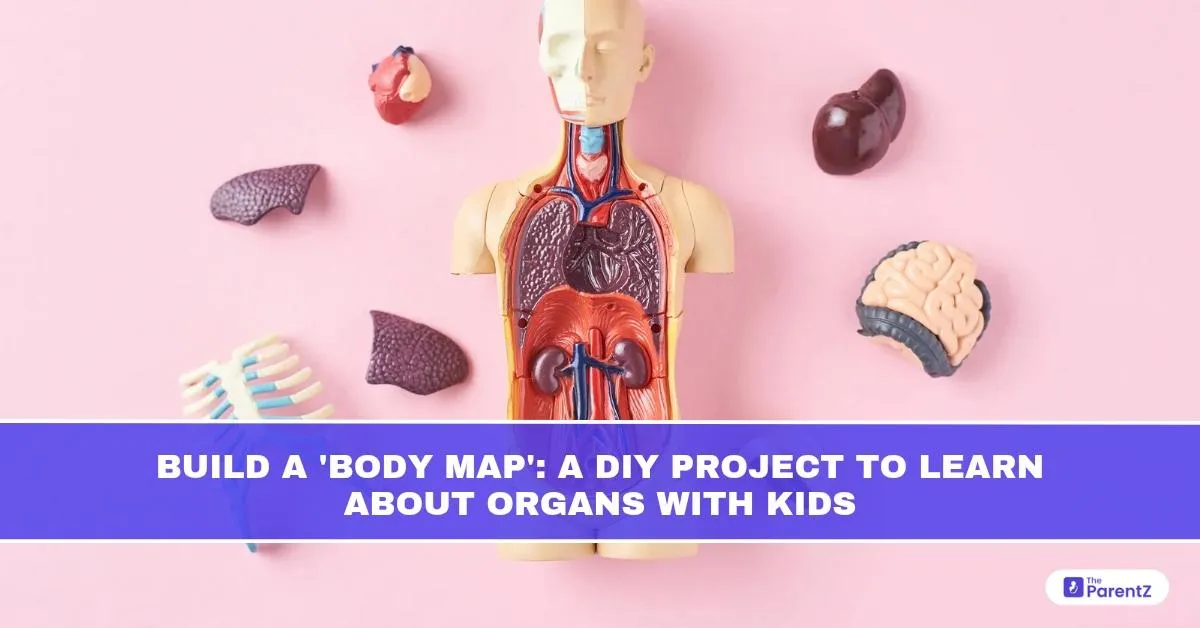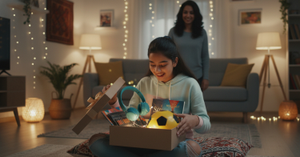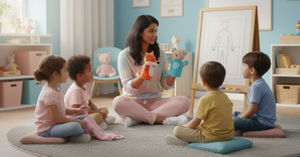“Tell me and I forget, teach me and I may remember, involve me and I learn.” — Benjamin Franklin
In a world where learning is often confined to books and screens, there’s something magical about using our own hands, imagination, and curiosity to discover the wonders of the human body. This is the essence of the “Body Map” project—a DIY activity that’s not just about cutting and pasting shapes, but about nurturing a deeper understanding of our bodies, our health, and the beautiful design that makes us who we are.
Let’s dive into this heartwarming and educational journey, one that will create memories, spark questions, and maybe even inspire a little one to dream of becoming a doctor, a nurse, or simply someone who cares about their health and the world around them.
What is a DIY “Body Map” Project?
A “Body Map” is exactly what it sounds like: a simple, large drawing or outline of the human body where you and your child can identify, draw, label, and even create small models of internal organs. It’s a hands-on project that allows children to visually understand where their heart is, how their lungs sit in the chest, where the stomach and intestines are, and how everything is connected.
DIY or “Do It Yourself” projects like this are more than just arts and crafts. They’re about learning by doing. In a DIY Body Map, you create something together with simple materials like large sheets of paper, colored pencils, markers, fabric scraps, or even felt and wool for different organs. This is a project where science meets creativity, where curiosity leads the way, and where the body becomes a story that unfolds in a child’s mind and heart.
Why is a Body Map Important for Kids?
There’s something very special about helping a child see what’s inside them, how their heart beats, how their stomach helps digest food, how their brain helps them think, and how their lungs fill with air every time they breathe. When a child touches a felt “heart” they’ve glued onto their Body Map, or colors in the “lungs” with bright blue and pink, they’re not just playing—they’re understanding their own existence in a tangible way.
This kind of hands-on learning has a deep impact. It helps children:
- Develop body awareness: they learn where organs are located and what they do.
- Build healthy habits: understanding how organs function helps kids make better choices, like eating healthy foods for a strong heart and lungs.
- Foster empathy and respect: when children learn how complex and amazing the human body is, they begin to see the importance of taking care of themselves and others.
- Spark curiosity: a simple project can lead to bigger questions: “Why does the stomach make noise when we’re hungry?” or “How does the brain know when to make us sleepy?”
Utilisation and Everyday Benefits
The beauty of the Body Map project lies in its simplicity and versatility. It can be used as a playful weekend activity, a homeschooling lesson, or a family bonding moment where learning becomes an adventure. It’s not just an art piece to hang on the wall; it’s a conversation starter.
Imagine your child pointing to their map and saying, “This is my liver! It helps clean my blood.” Or showing it to a friend and explaining, “Here’s my lungs, they help me breathe when I run.” Those small moments are precious. They’re seeds of knowledge that will grow with them, making them more conscious of their bodies and how to care for them.
As children learn about organs, they also learn about the importance of:
- Eating healthy to nourish their body.
- Staying active for a strong heart and lungs.
- Getting enough sleep to rest their brain and body.
- Understanding illness, knowing what each organ does, helps kids understand why sometimes the body doesn’t feel well and how doctors help it heal.
In a way, a Body Map becomes a quiet teacher that keeps giving, long after the glue has dried and the markers have been put away.
A Note on Medical Understanding
When we think about teaching kids anatomy, we might imagine complex medical books or long lectures. But the truth is, learning about the body doesn’t have to be complicated. It’s about building a relationship with their own health, one felt heart, one colored lung at a time.
For example, as you build the Body Map, you can gently introduce simple medical facts:
- The heart is a strong muscle that pumps blood to every part of the body.
- The lungs help us breathe in oxygen and breathe out carbon dioxide.
- The stomach is like a food mixer, churning and breaking down food so the body can use it for energy.
- The brain is the control center that helps us think, feel, and move.
These small nuggets of knowledge can stay with a child for a lifetime, helping them understand how their body works and why it’s essential to keep it healthy.
A Heartfelt Project with Lasting Impact
What makes the Body Map project so amazing isn’t just the learning, it’s the bonding. As you and your child sit side by side, tracing bodies, cutting out shapes, and giggling over funny organ names like “pancreas” or “duodenum,” you’re not just teaching biology. You’re sharing time, you’re building trust, and you’re creating a safe space for curiosity and questions.
Maybe your child will ask, “What does the liver do?” or “Why do we need two kidneys?” And together, you’ll find answers. Maybe they’ll think about how their body helps them dance, run, and play. And maybe, just maybe, they’ll carry that sense of wonder into the rest of their lives, into school, into friendships, into their own health choices.
The Body Map serves as a reminder that we are all composed of beautiful, intricate systems that deserve love, care, and respect.
Closing Thoughts
A Body Map is more than just a school project. It’s a journey into the self. It’s a chance to explore what’s inside, to feel awe at the body’s design, and to create a lasting memory that a child will hold onto.
In a world where children are bombarded with screens and fast-paced learning, this simple, slow, creative project is a breath of fresh air. It’s a way to say, “Let’s slow down. Let’s learn together. Let’s be amazed by what makes us us.”
So gather your papers, your colors, and your imagination, and start tracing. Every little organ you add is a step toward understanding, a whisper of gratitude for our bodies, and a beautiful, heartfelt gift for the next generation.








Be the first one to comment on this story.